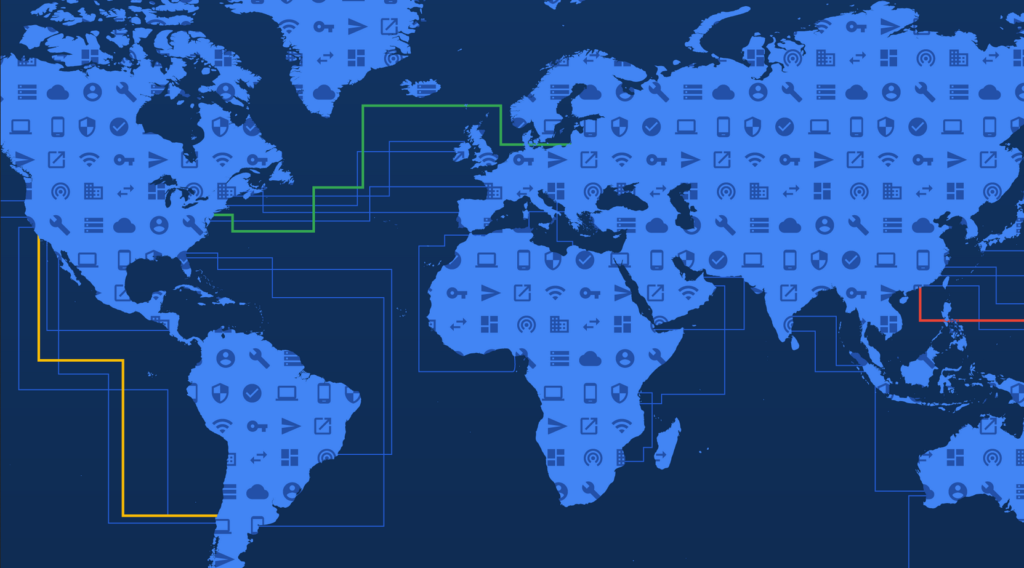Amazon Web Services opens Availability Zone in Singapore
To facilitate the ongoing growth of its customer base in the Asia-Pacific region, leading cloud provider Amazon Web Services (AWS) announced the inauguration of a third ‘Availability Zone’ in Singapore. This additional zone aims to offer AWS customers in the region increased choice, flexibility, and enhanced reliability, supporting their diverse workloads.
An ‘Availability Zone’ signifies technology infrastructure located in separate and distinct geographic areas, providing significant geographic diversity to minimize the impact of a single event on availability. Nick Walton, Managing Director, ASEAN, AWS, emphasized AWS’s heightened commitment to the rapidly expanding Southeast Asia region, providing local options for running mission-critical workloads and storing data.

Organizations ranging from startups to global corporations and public sector entities leverage the AWS Singapore Region to build and operate their businesses in the AWS Cloud. AWS’s extensive functionality compared to other cloud platforms has attracted a robust customer base across Southeast Asia.
AWS further enhances its services by providing ‘Amazon CloudFront’ services at edge locations in Kuala Lumpur, Manila, and Singapore. This benefits customers seeking to deliver websites, applications, and content with lower latency to end-users.

George Wang, Senior Vice President of Information Technology at Singapore Airlines, expressed satisfaction with AWS’s increased commitment to the region, particularly with the introduction of the third Availability Zone. This expansion enhances resilience and supports the growth of digital platforms.
APN Partners across the Asia Pacific region welcomed the AWS Asia Pacific (Singapore) Region’s expansion, anticipating that it will empower customers in Singapore and Southeast Asia to leverage additional capacity and flexibility for building scalable and highly available applications. AWS currently boasts 51 Availability Zones across 18 geographic regions globally.






